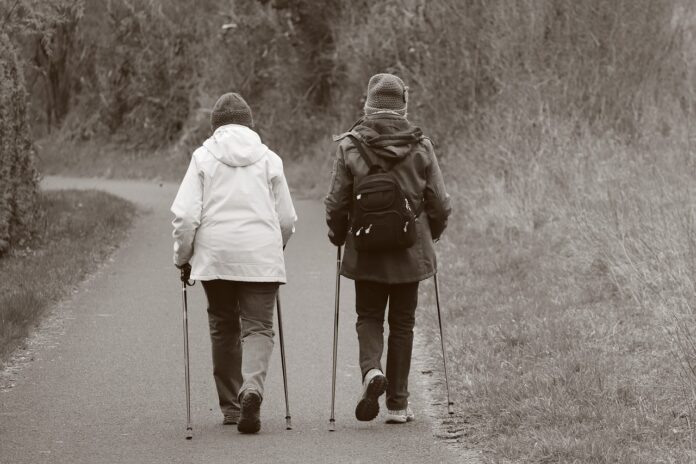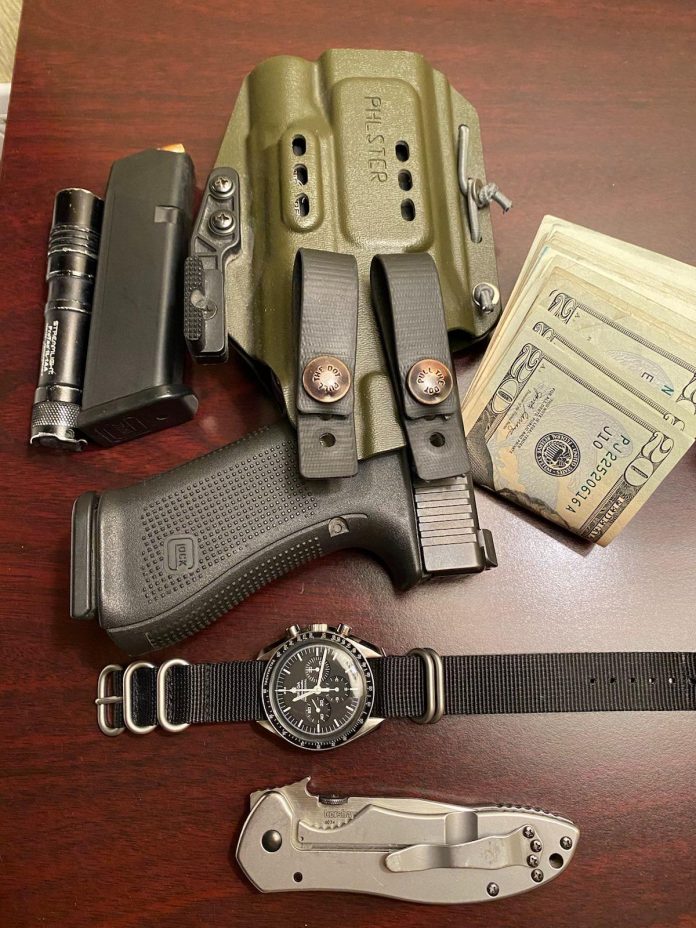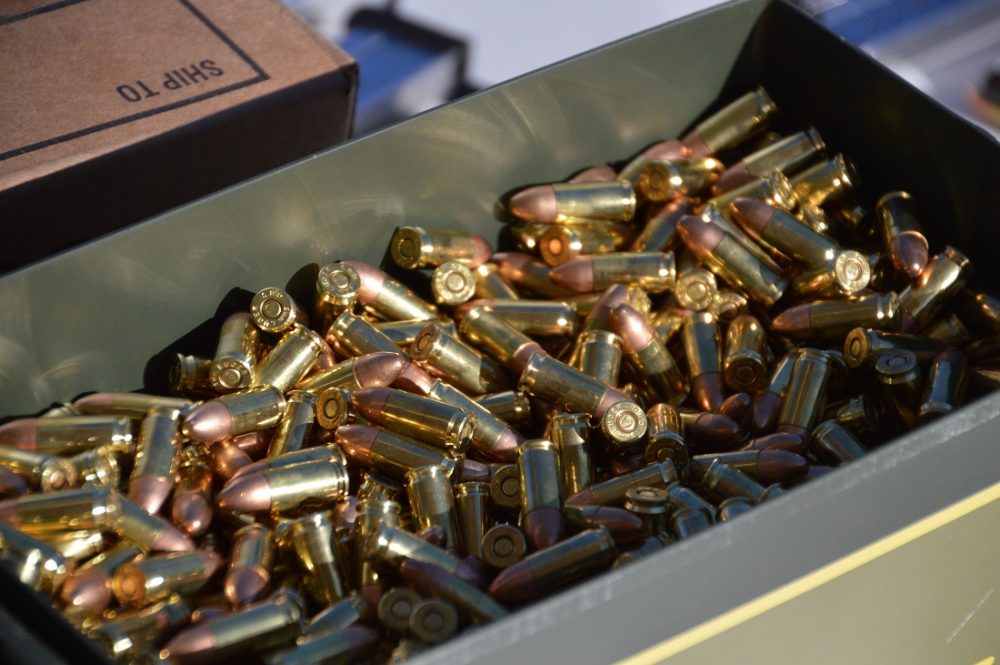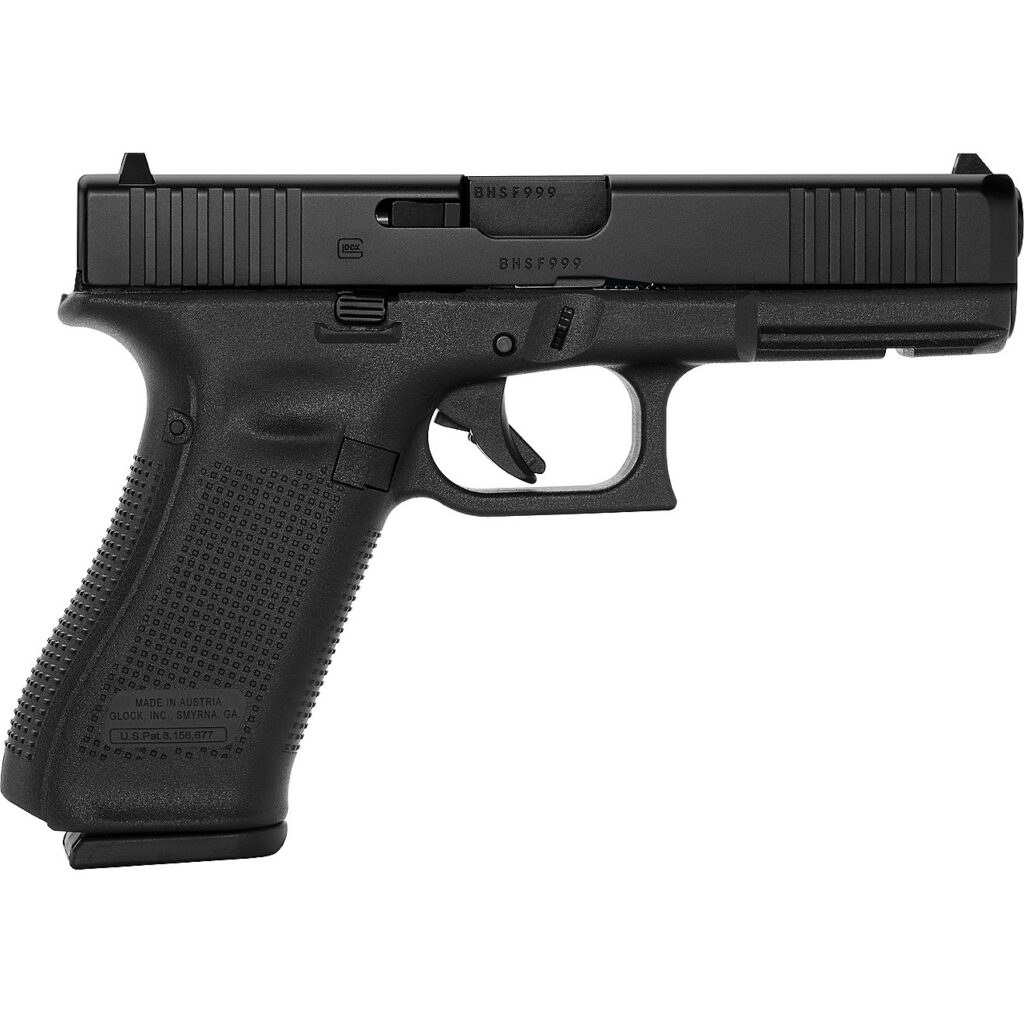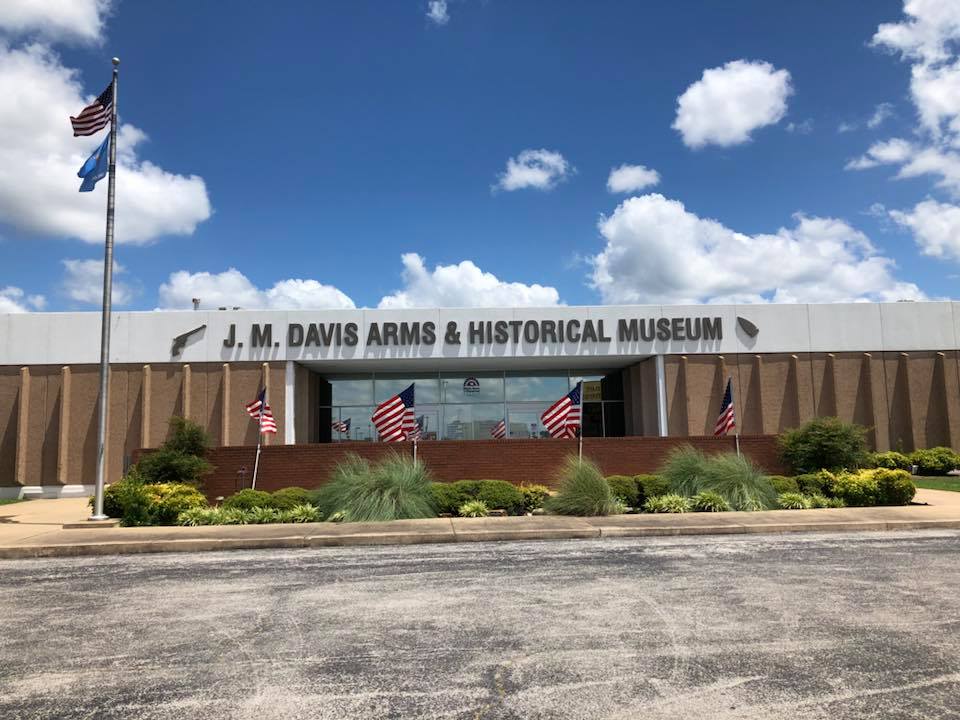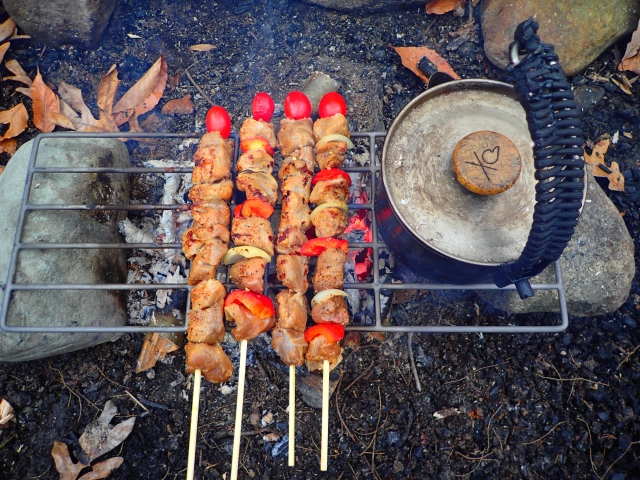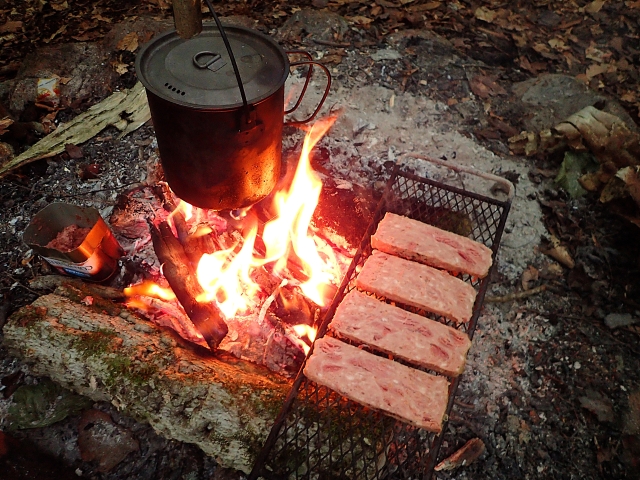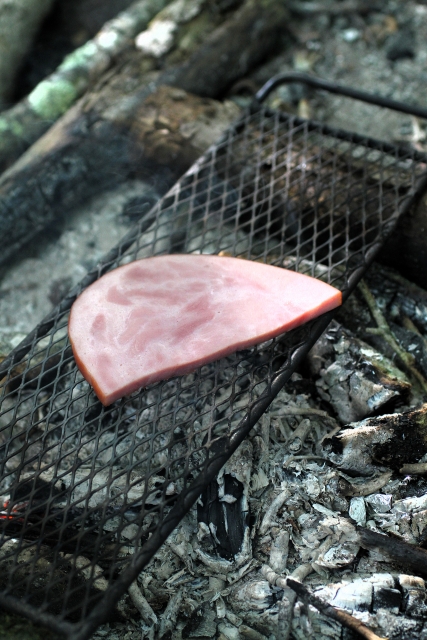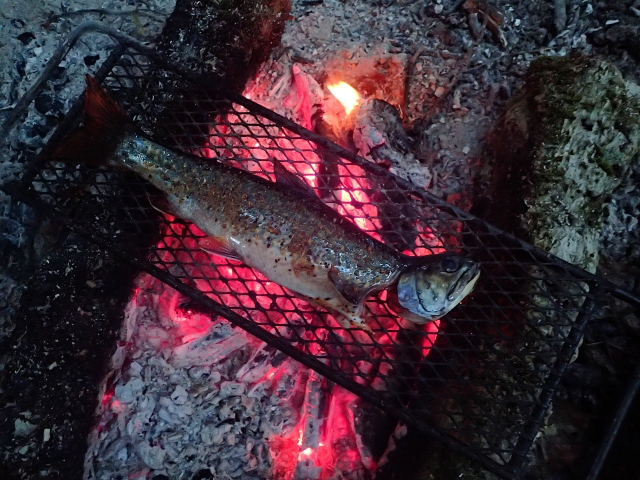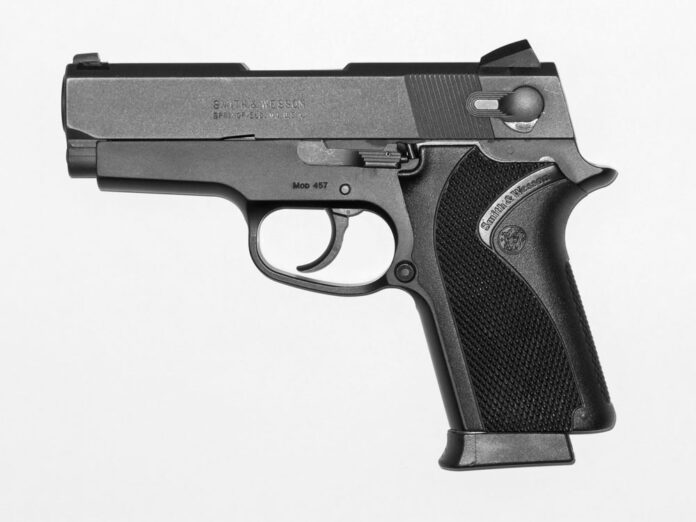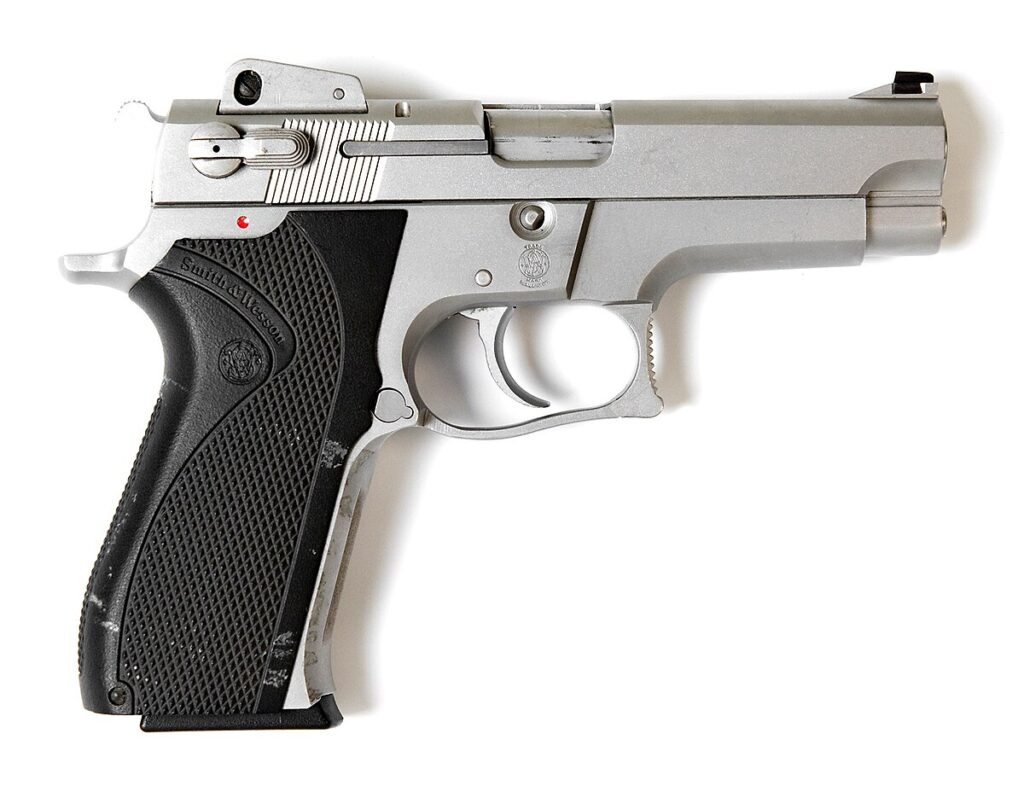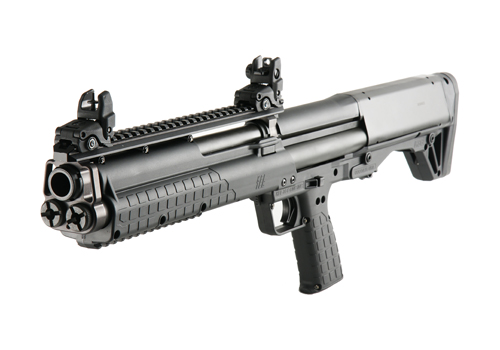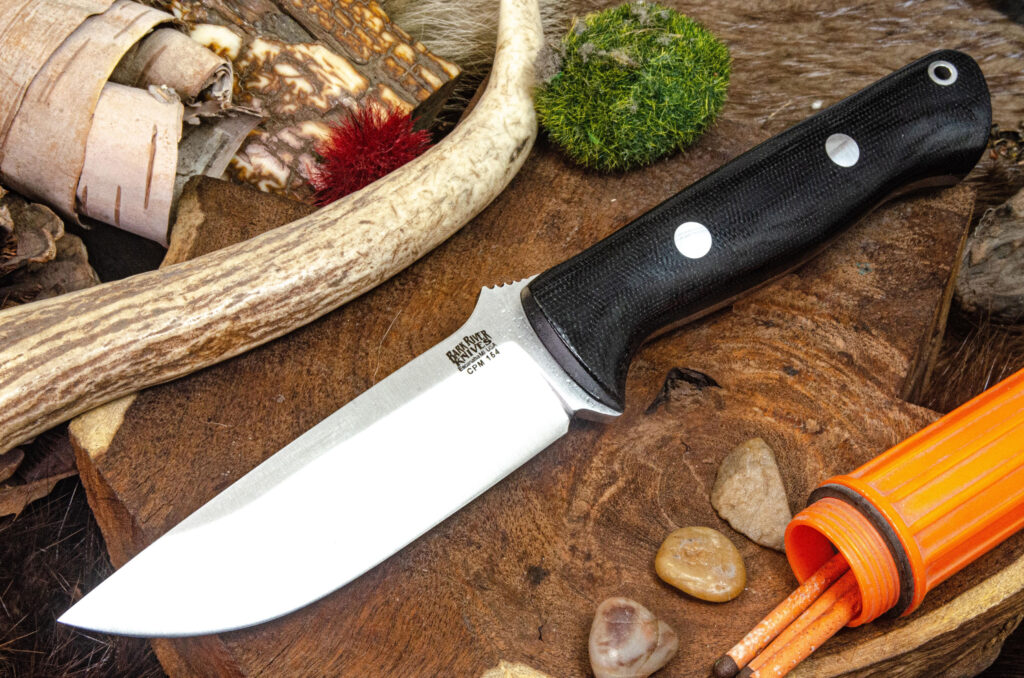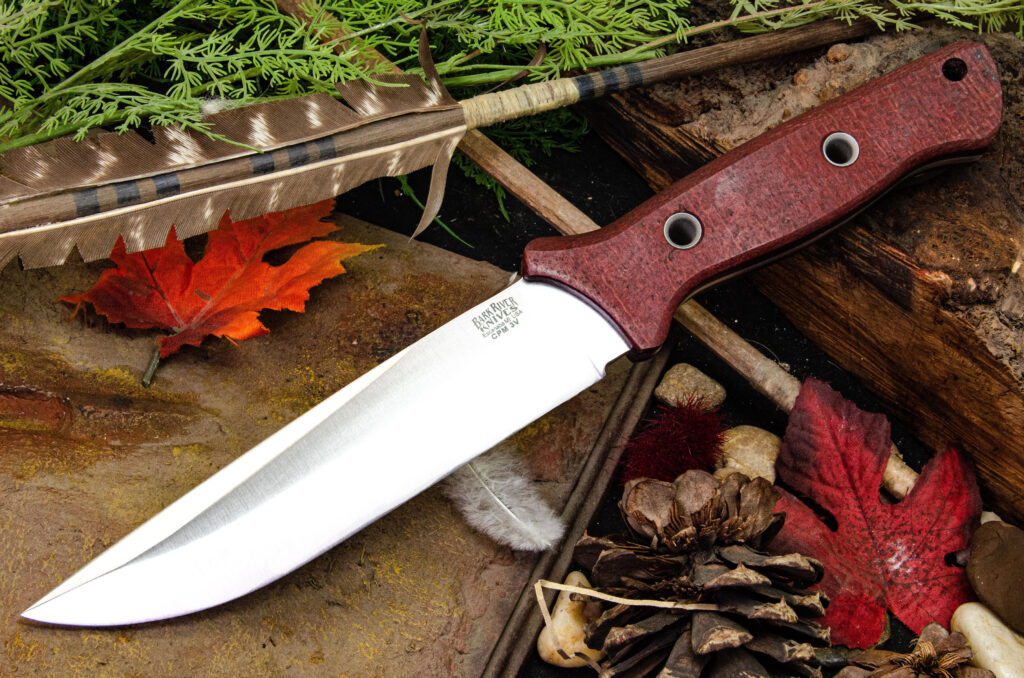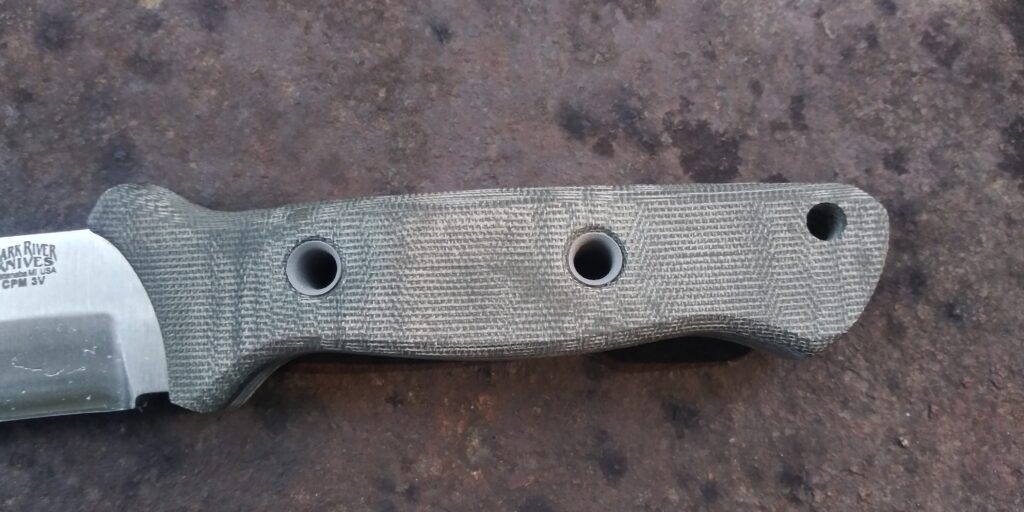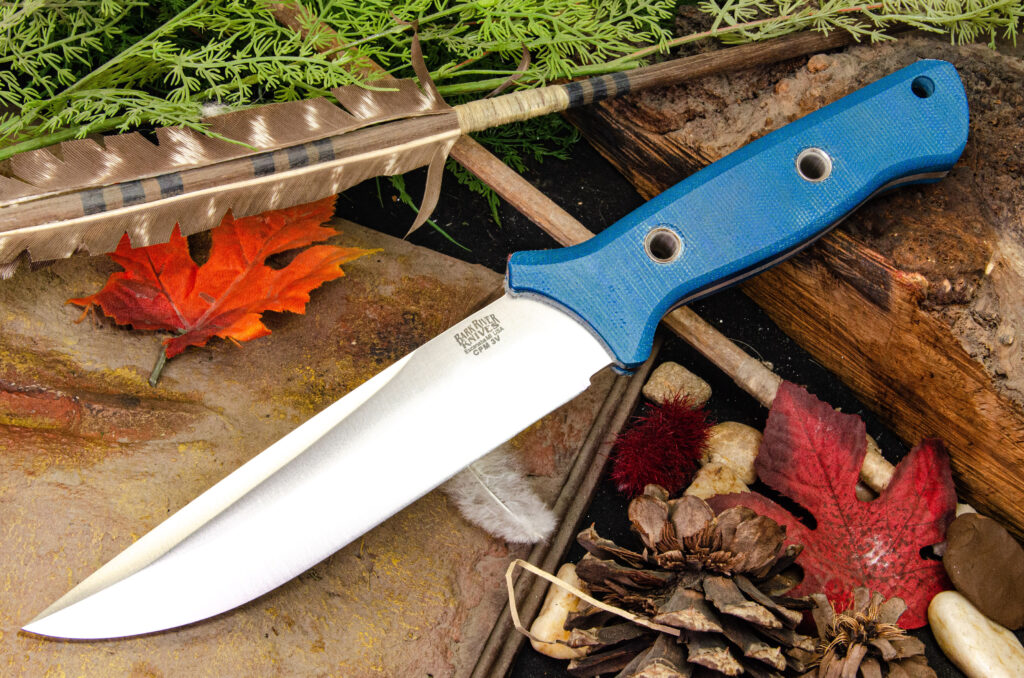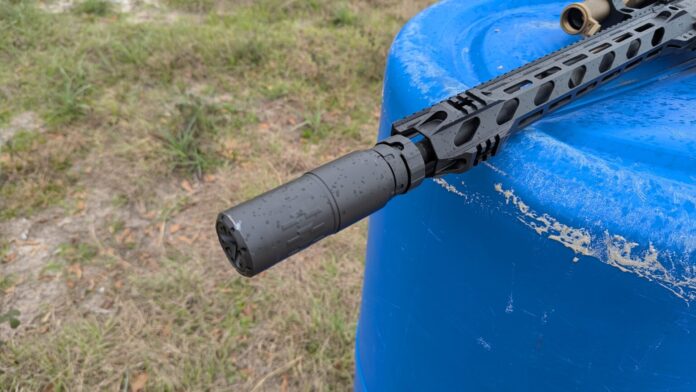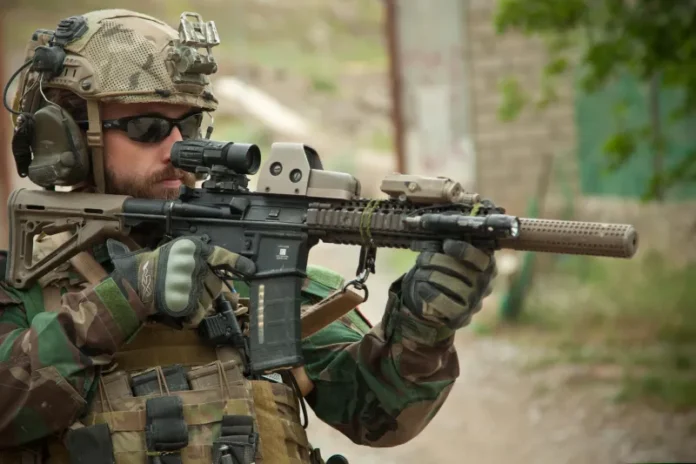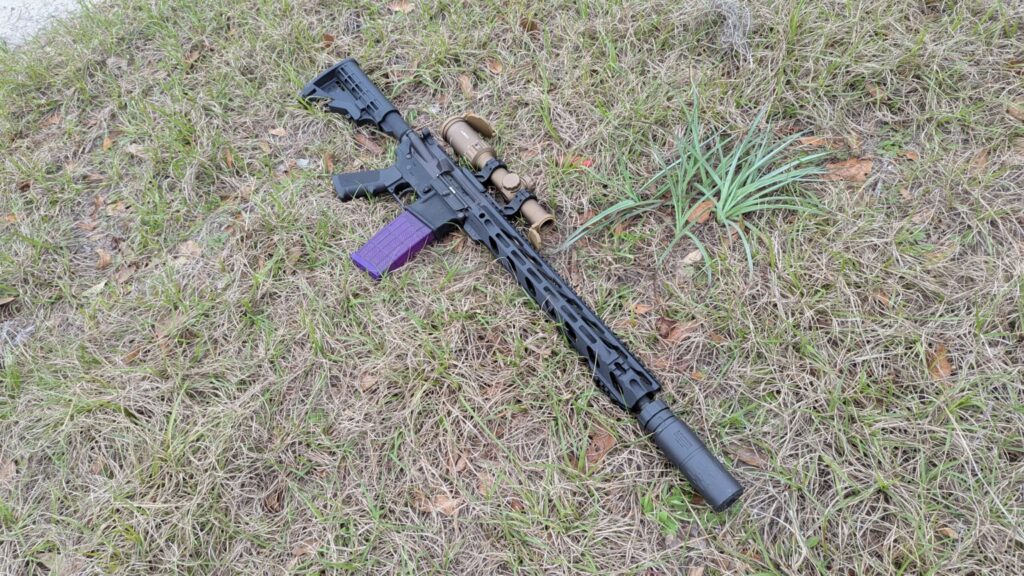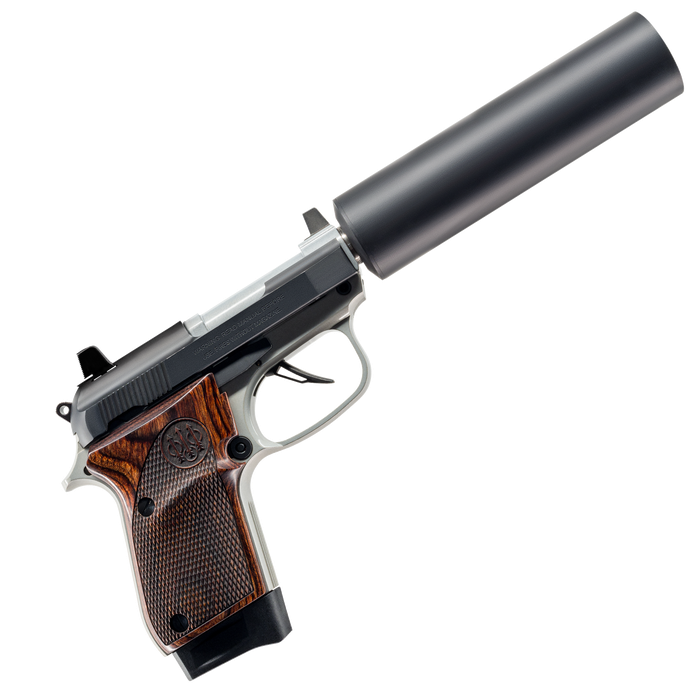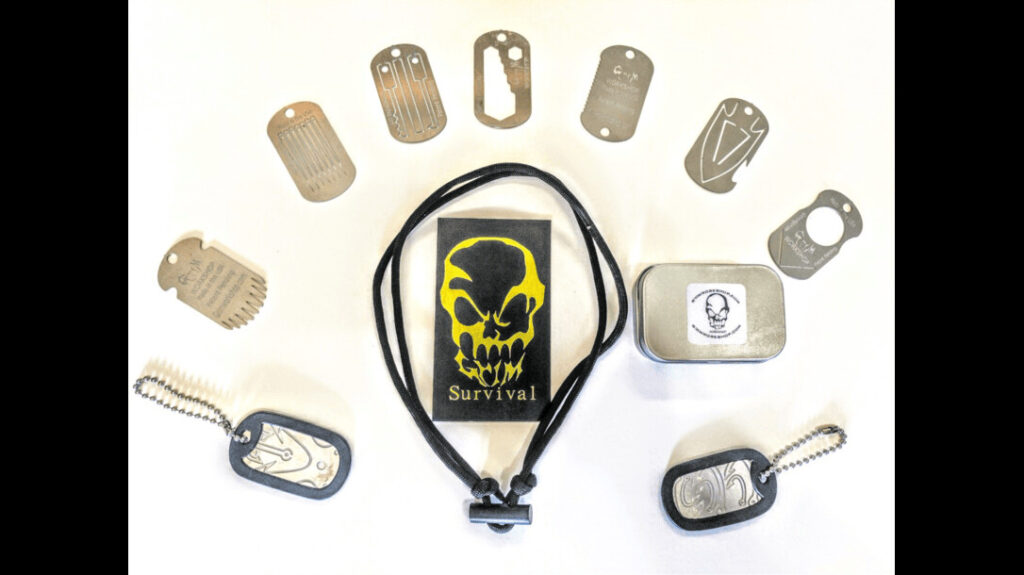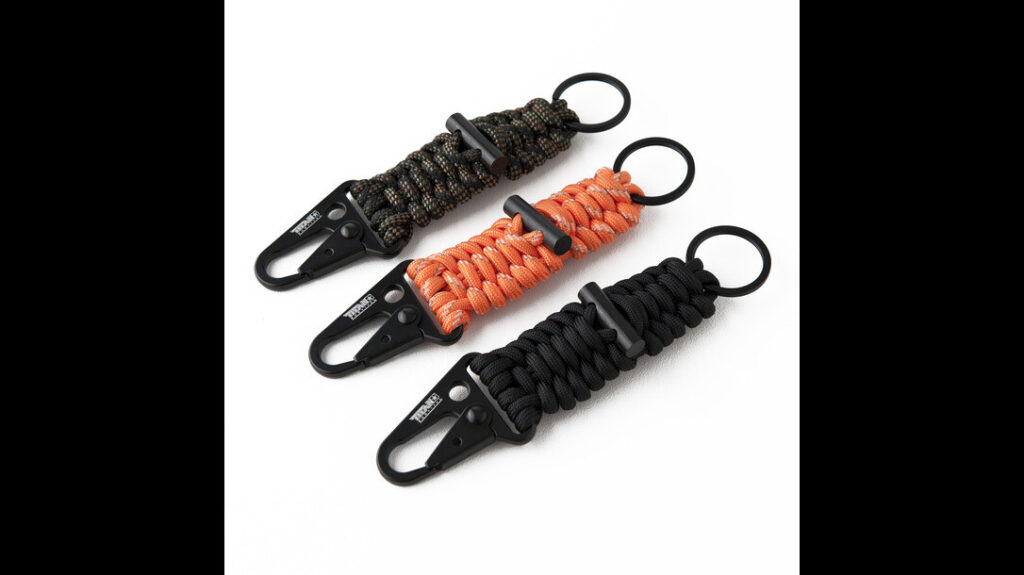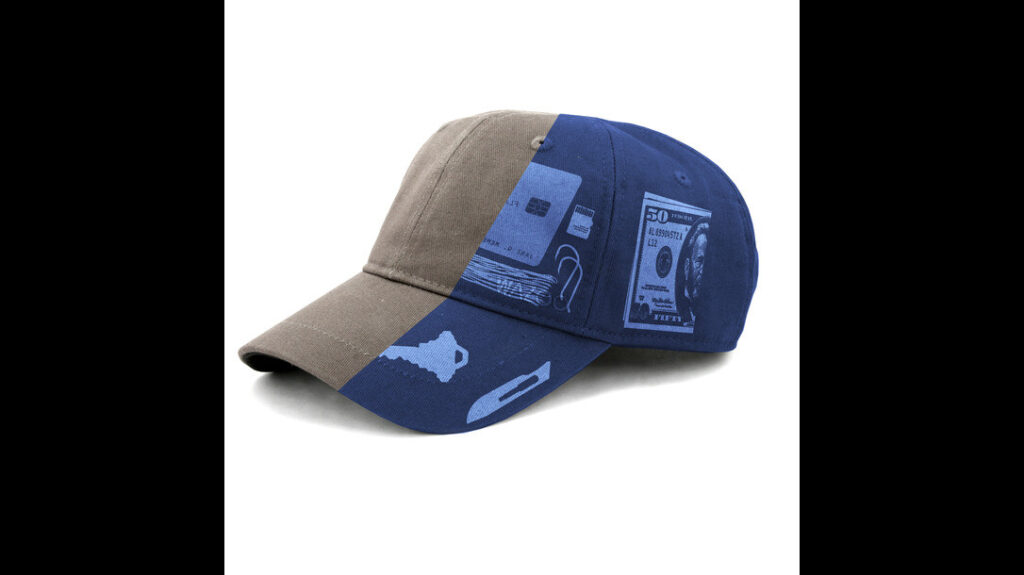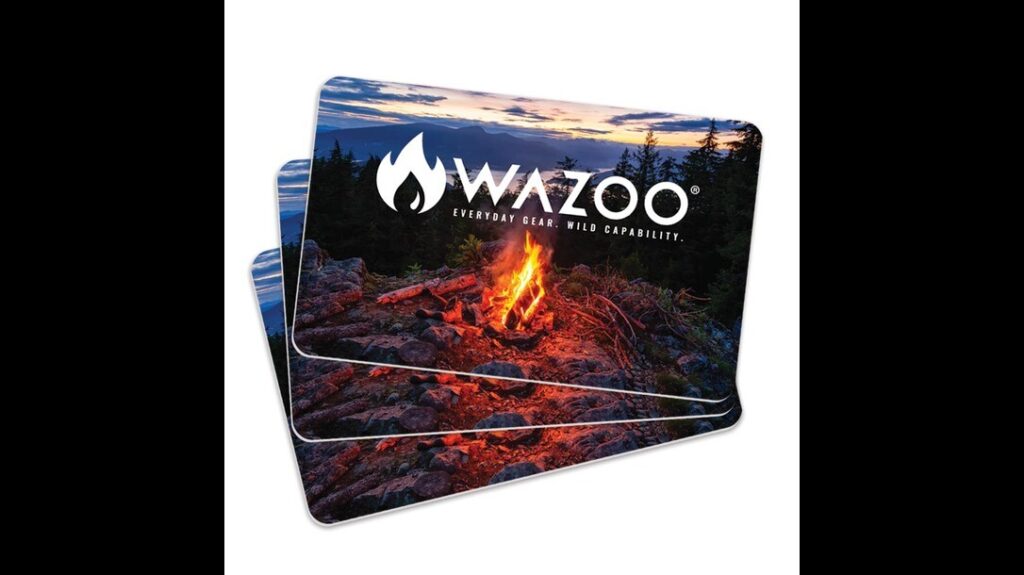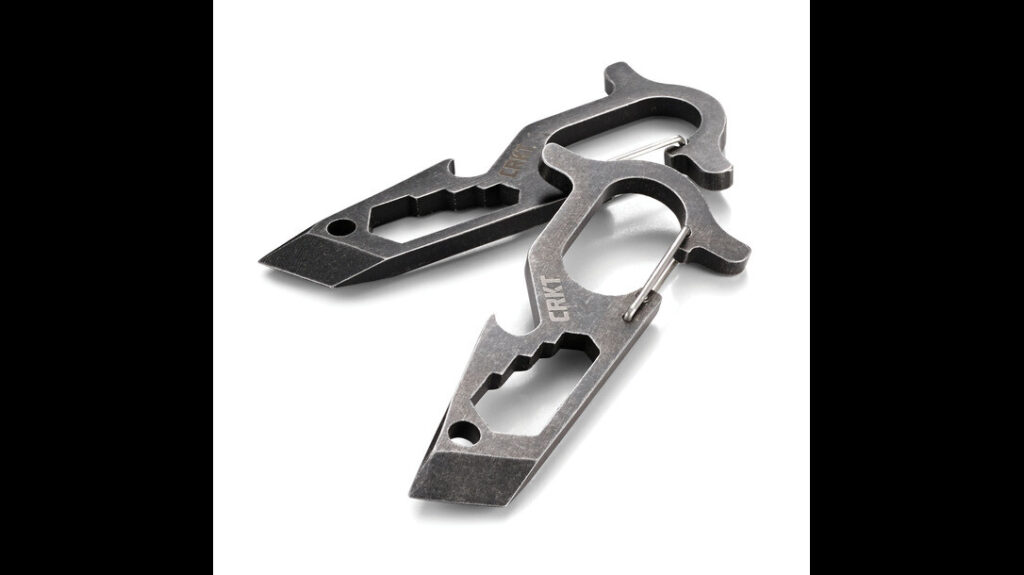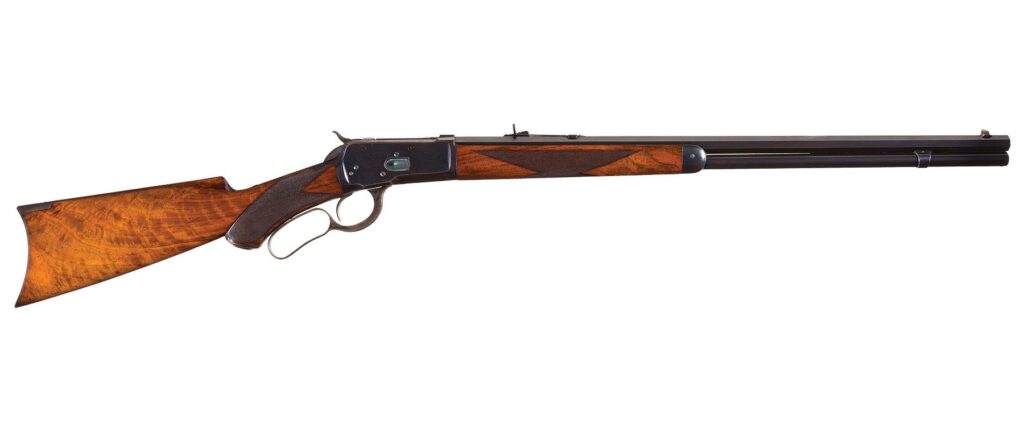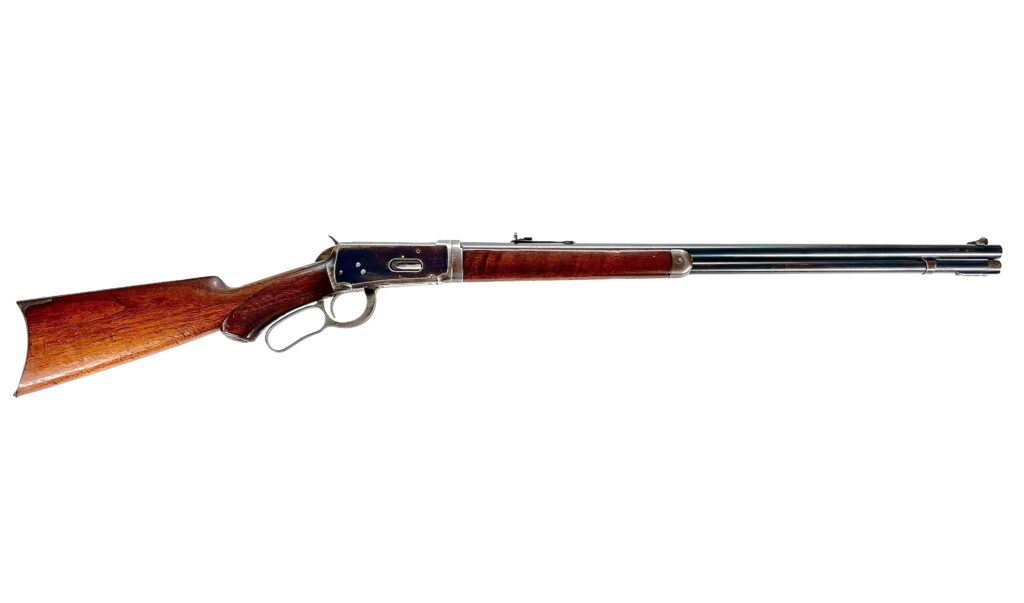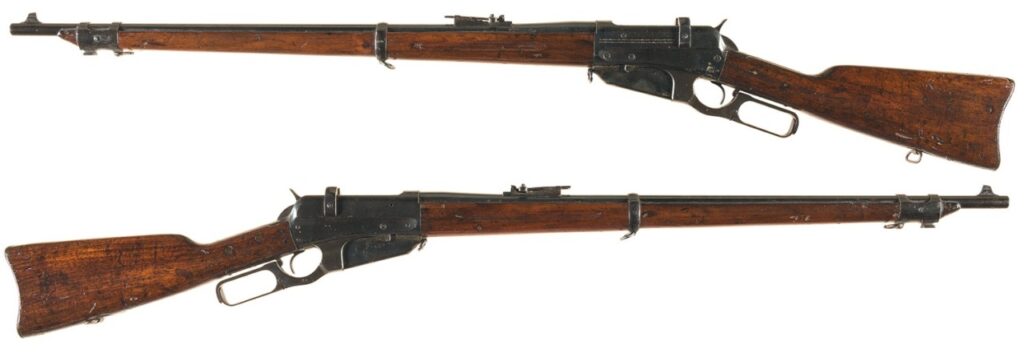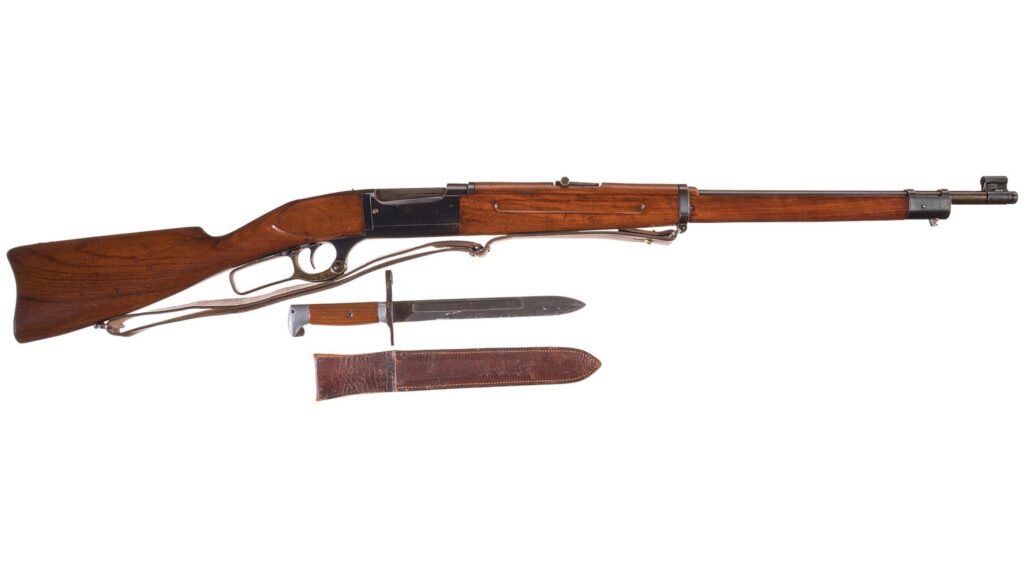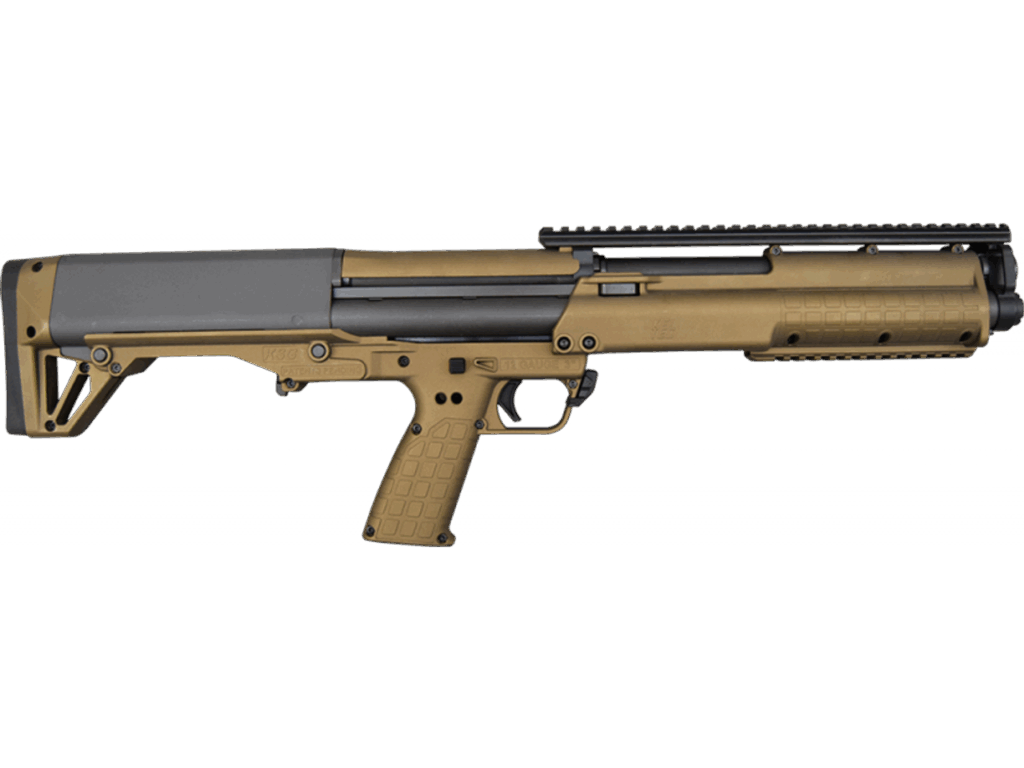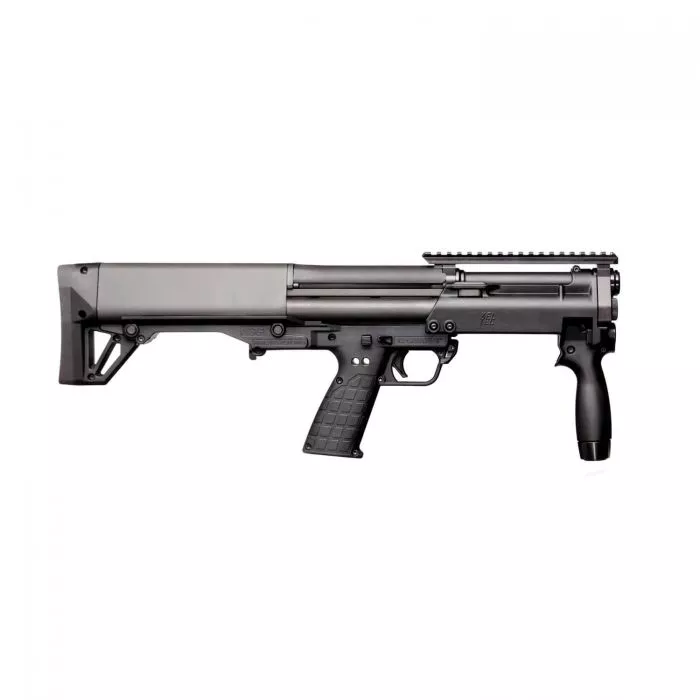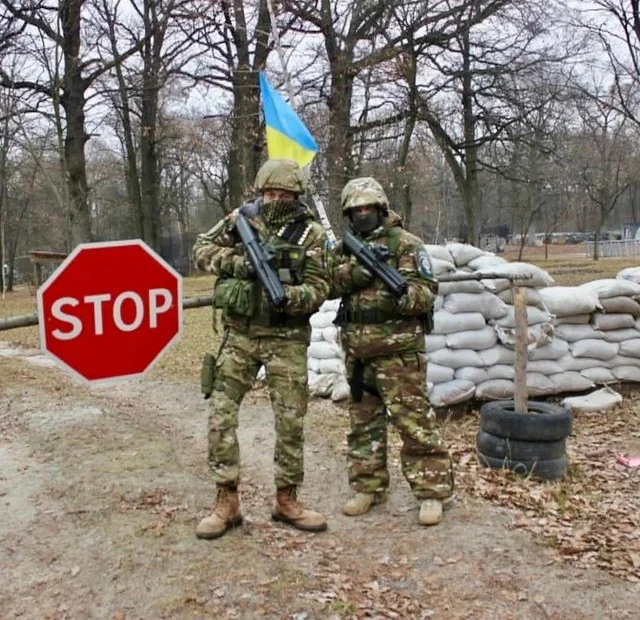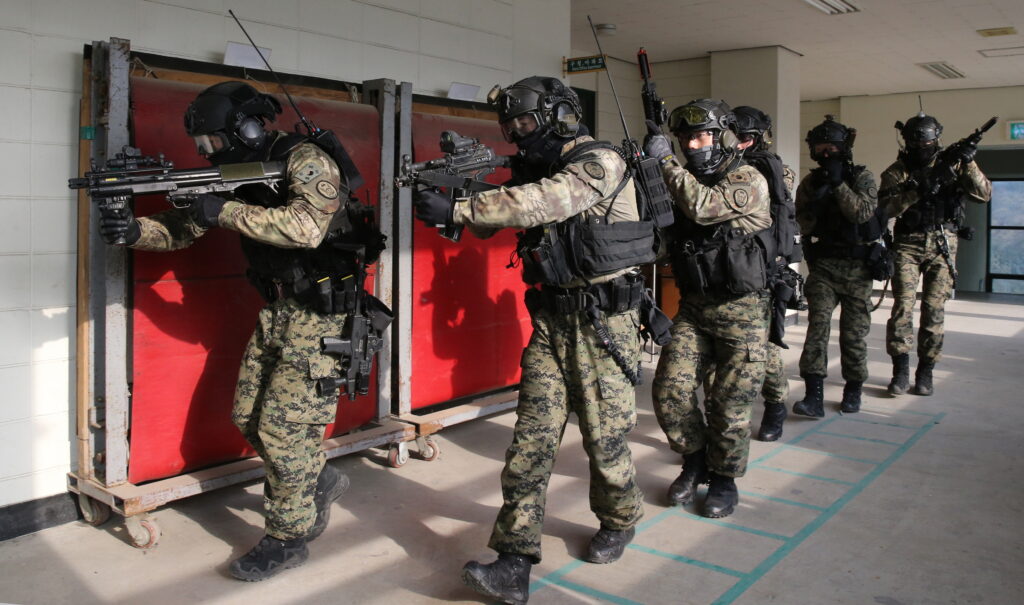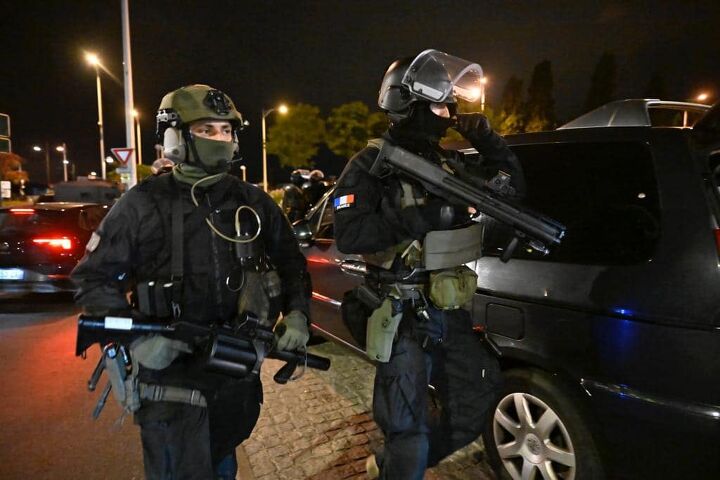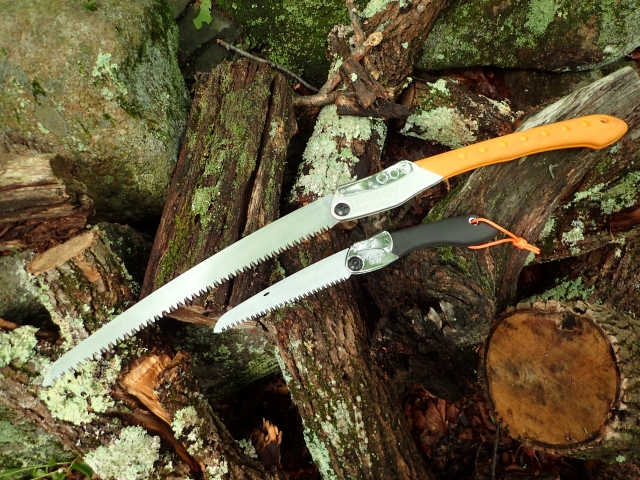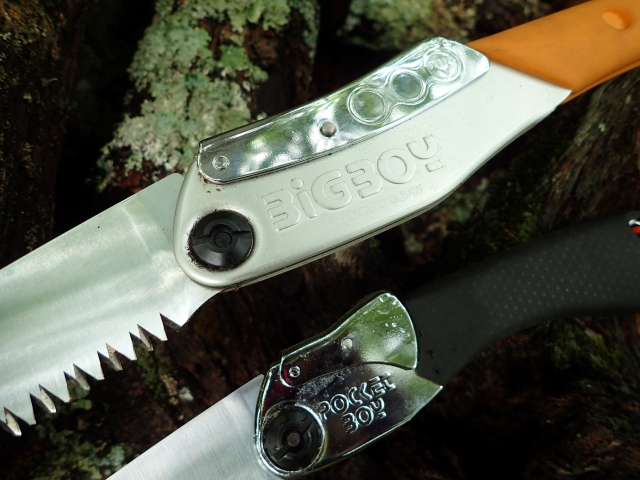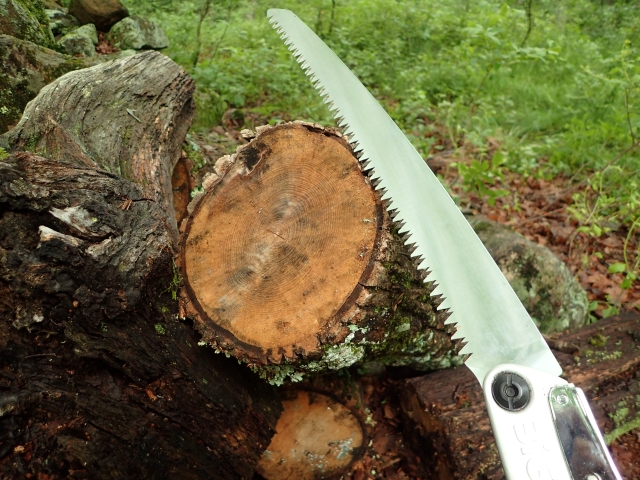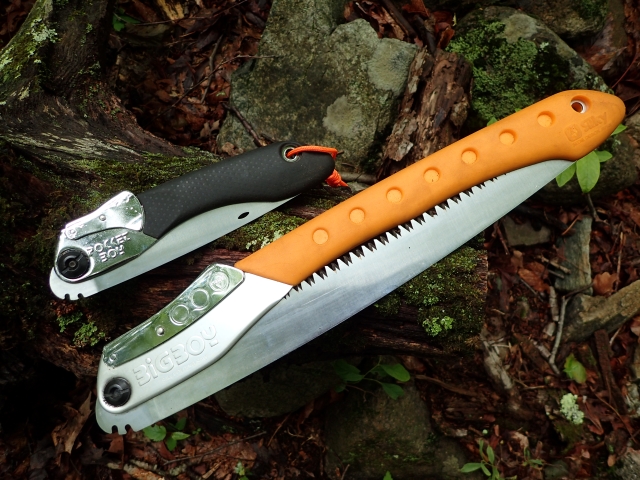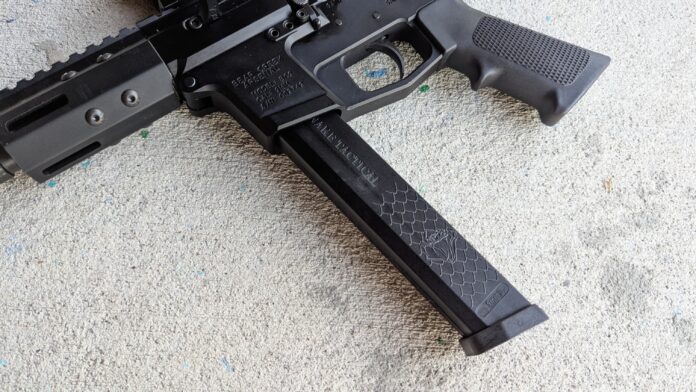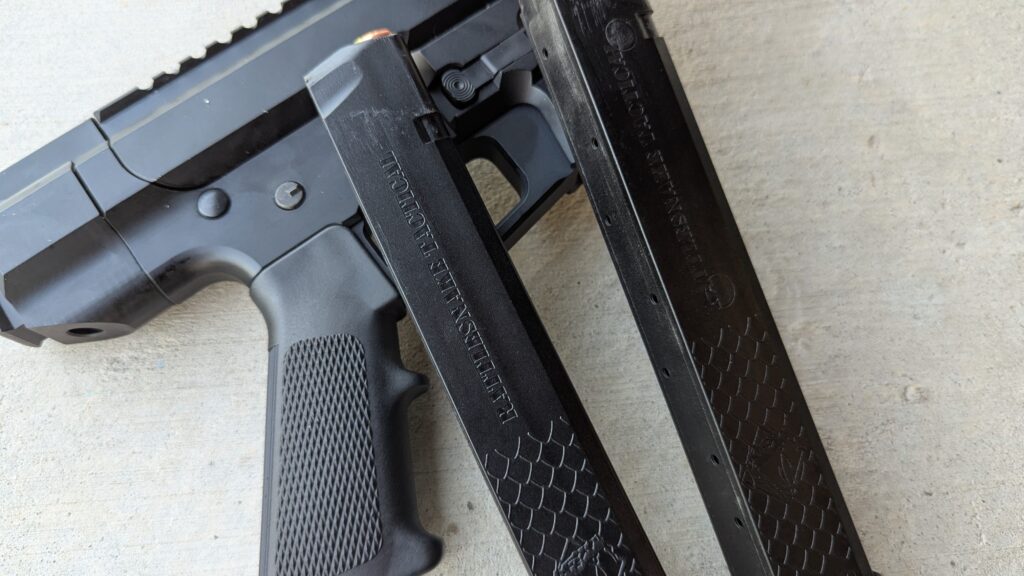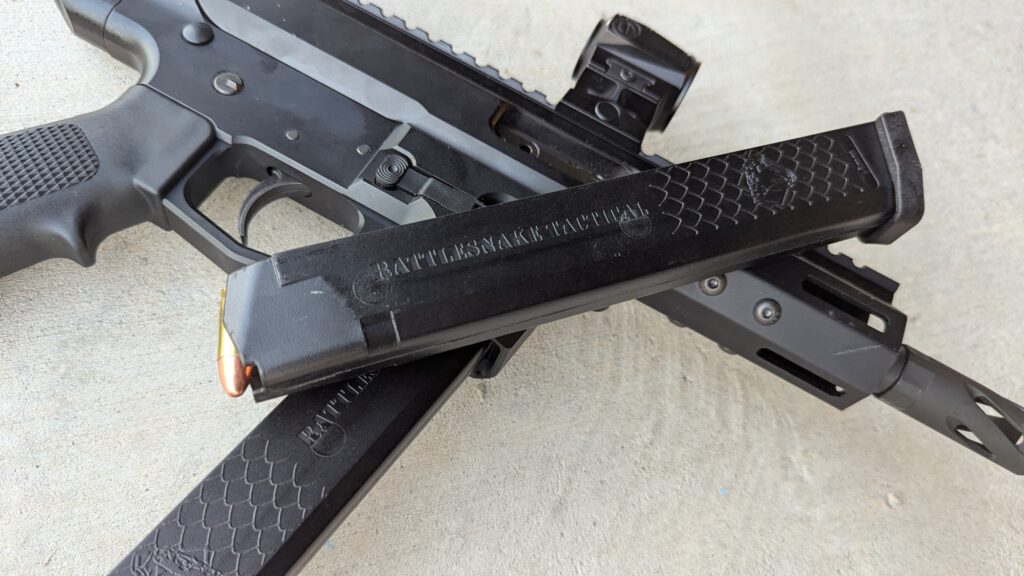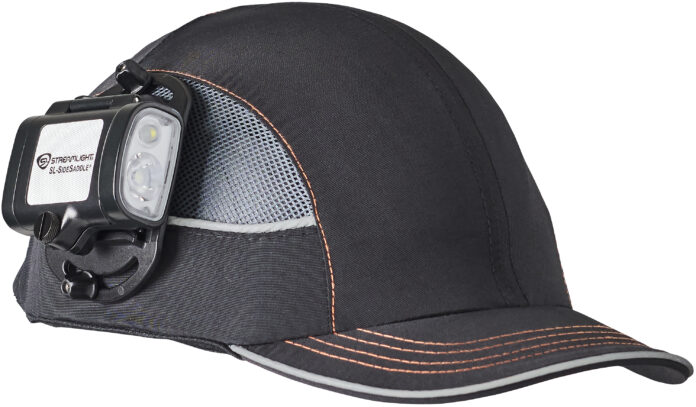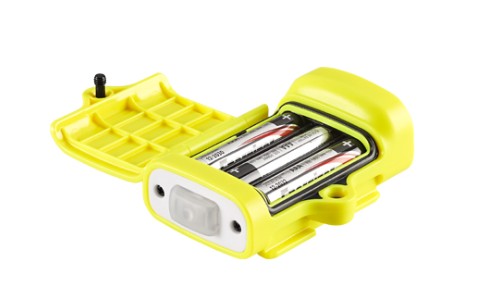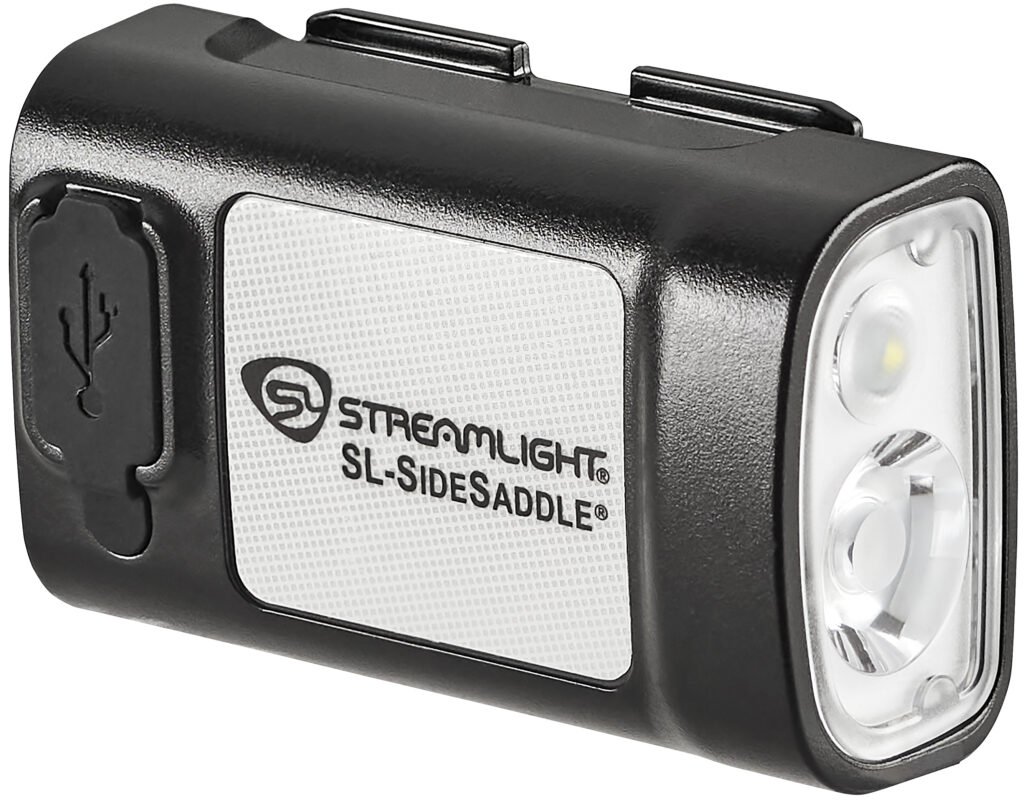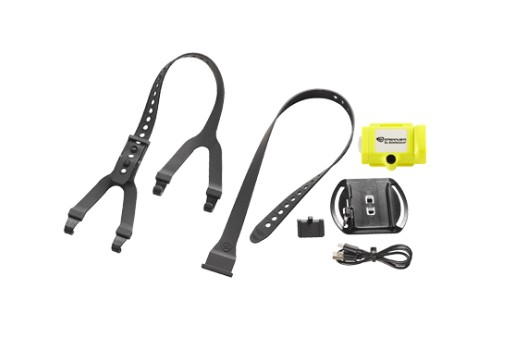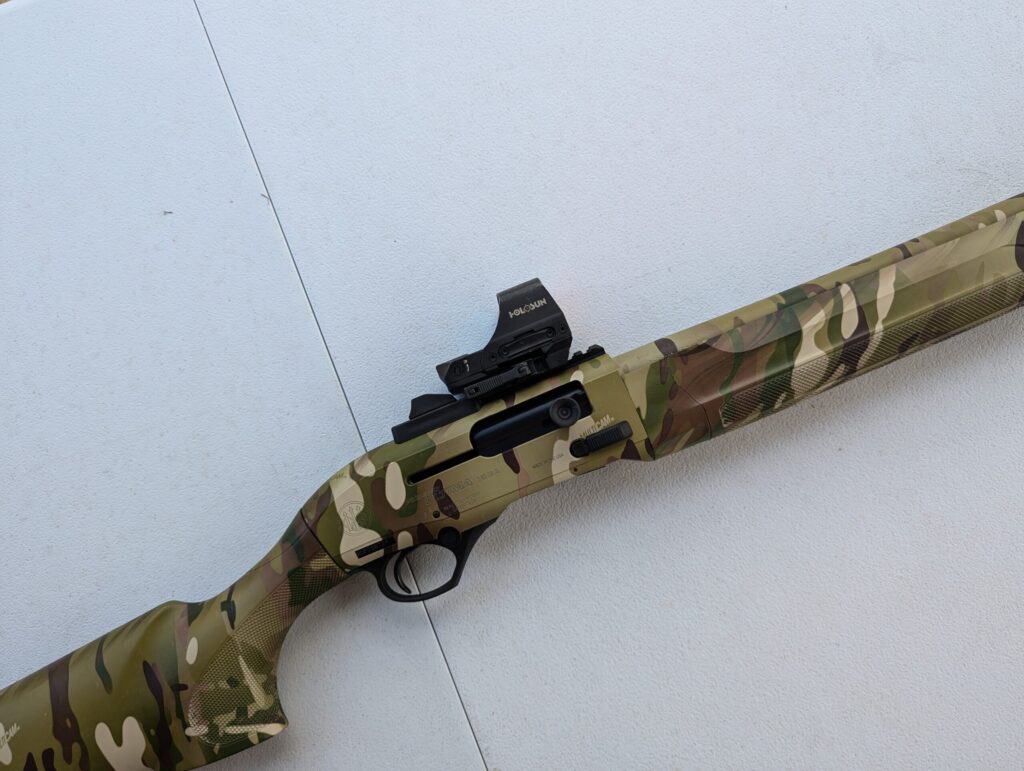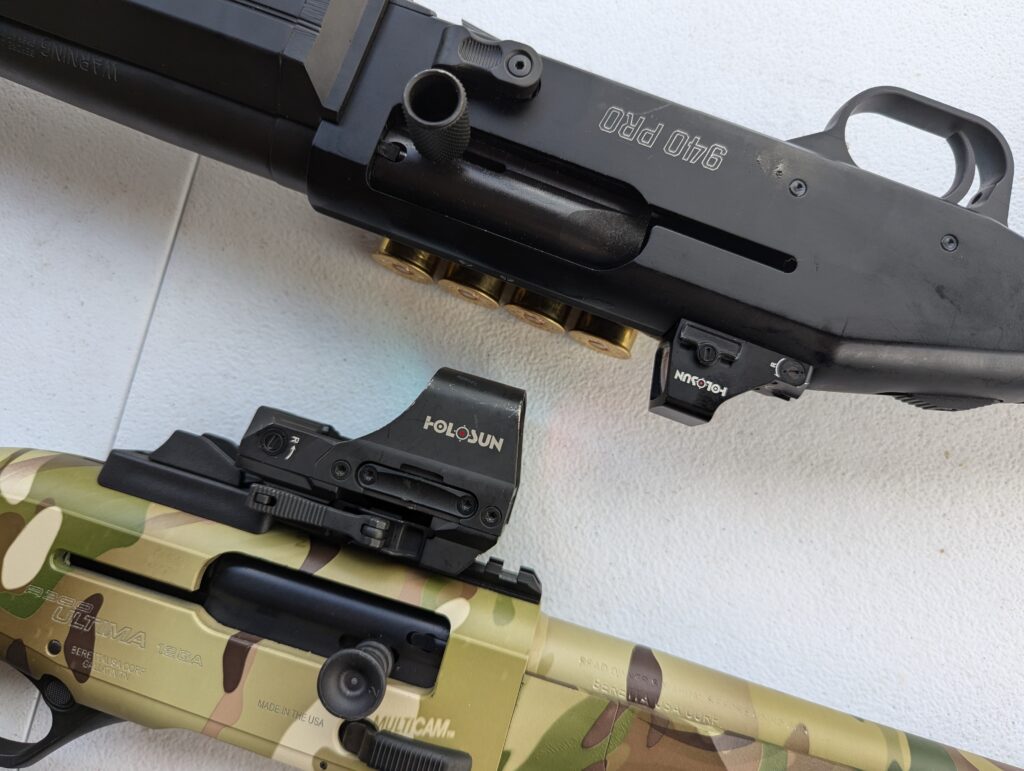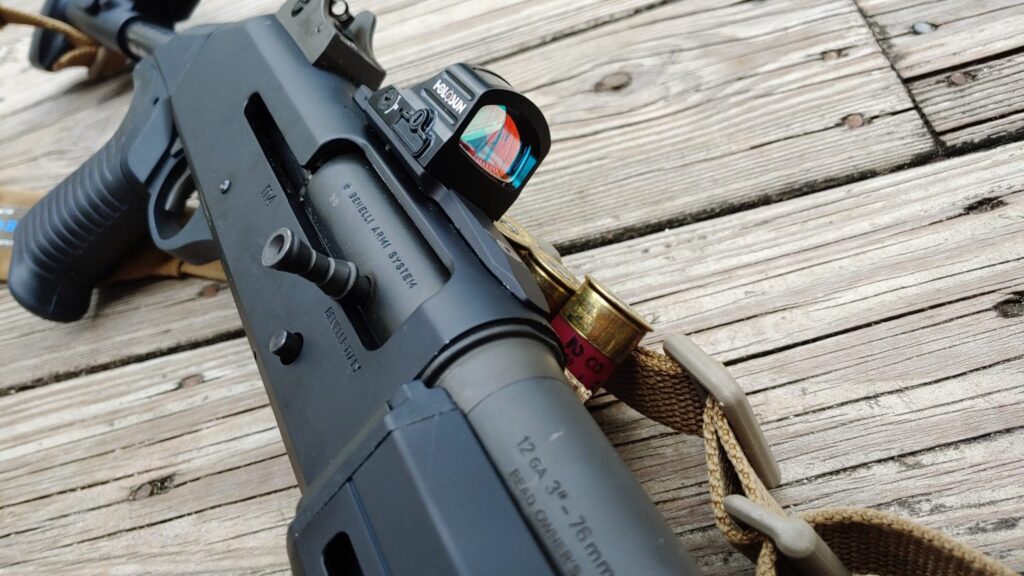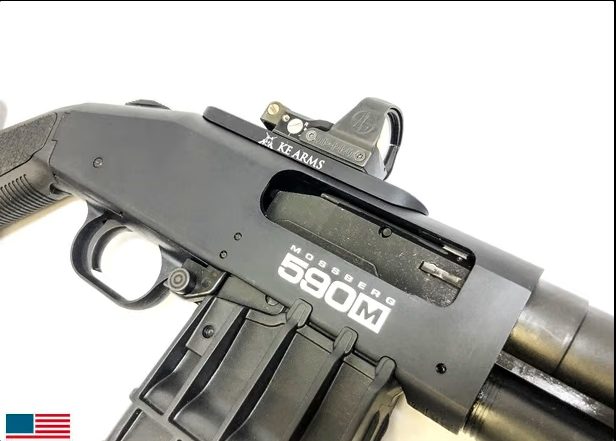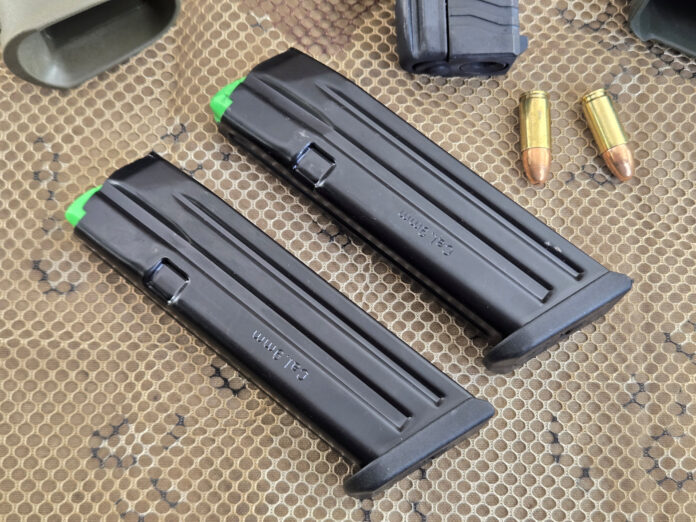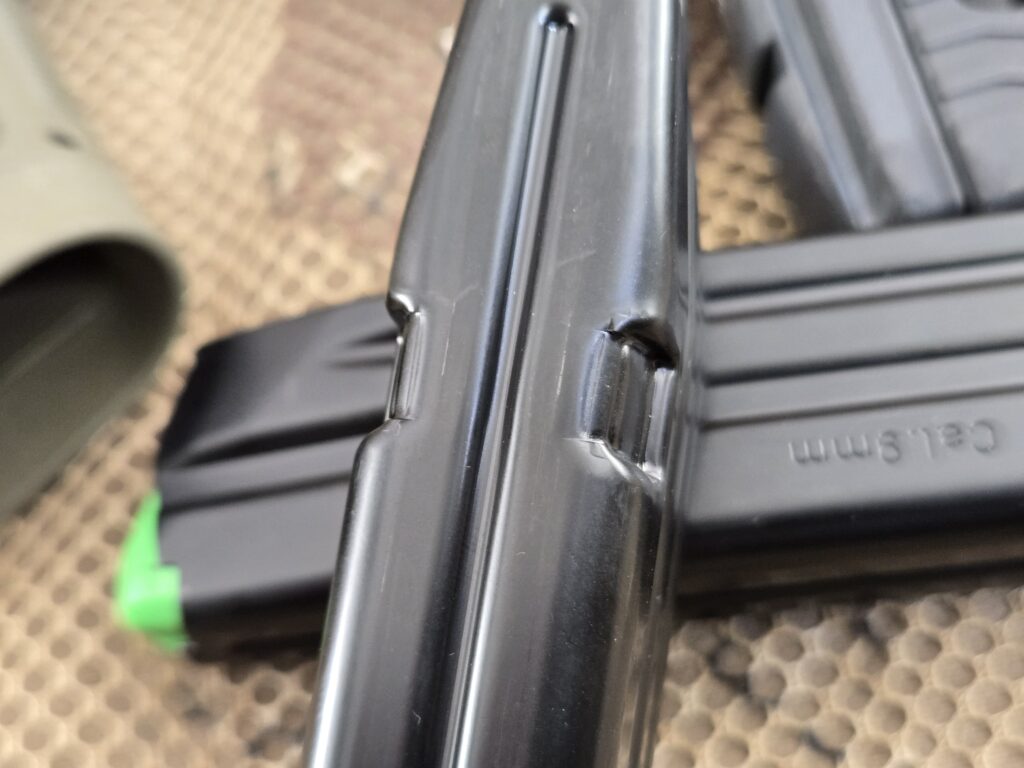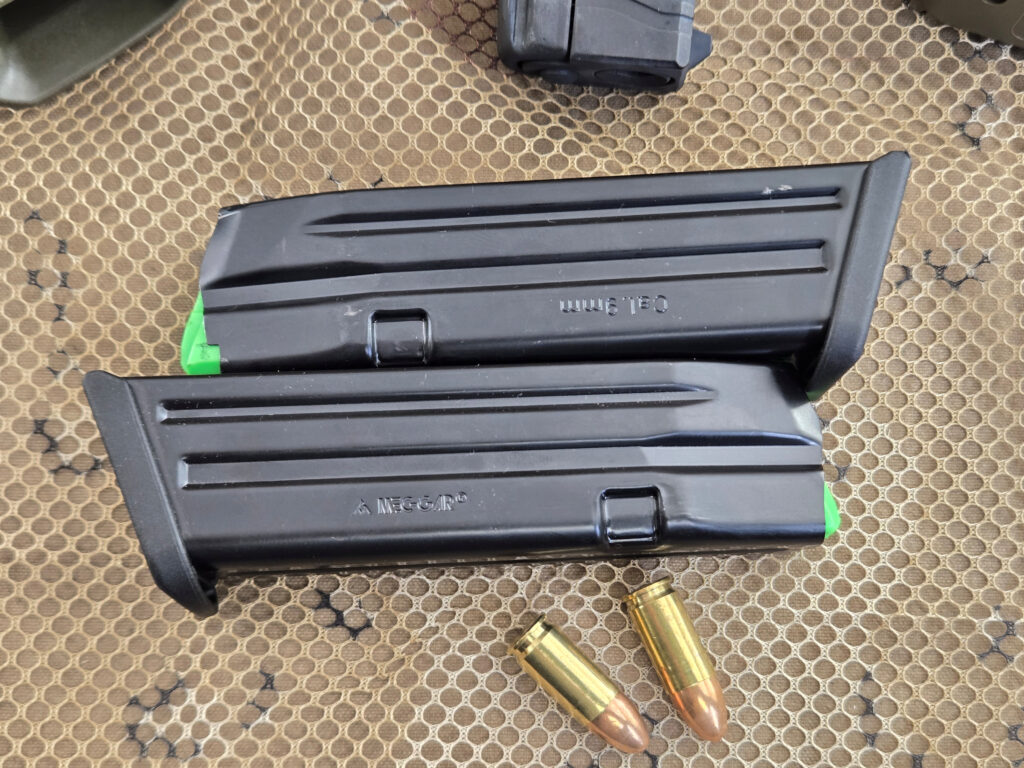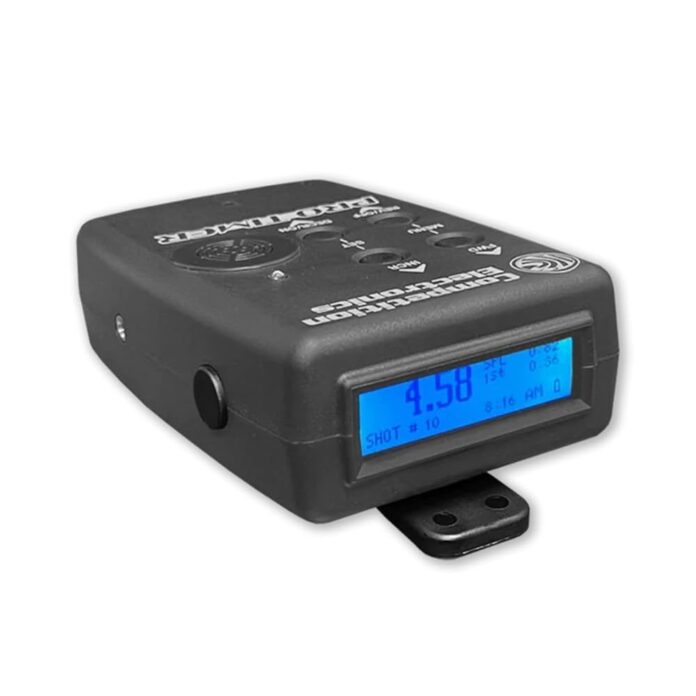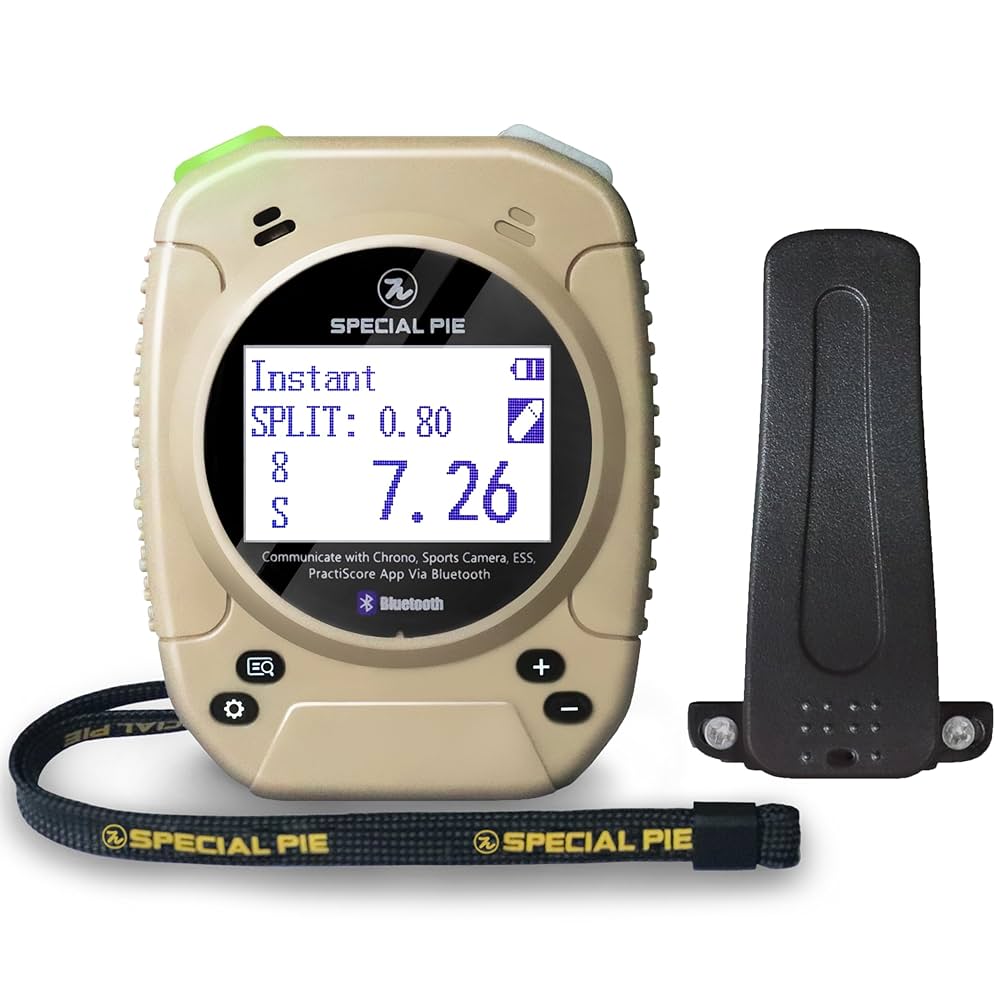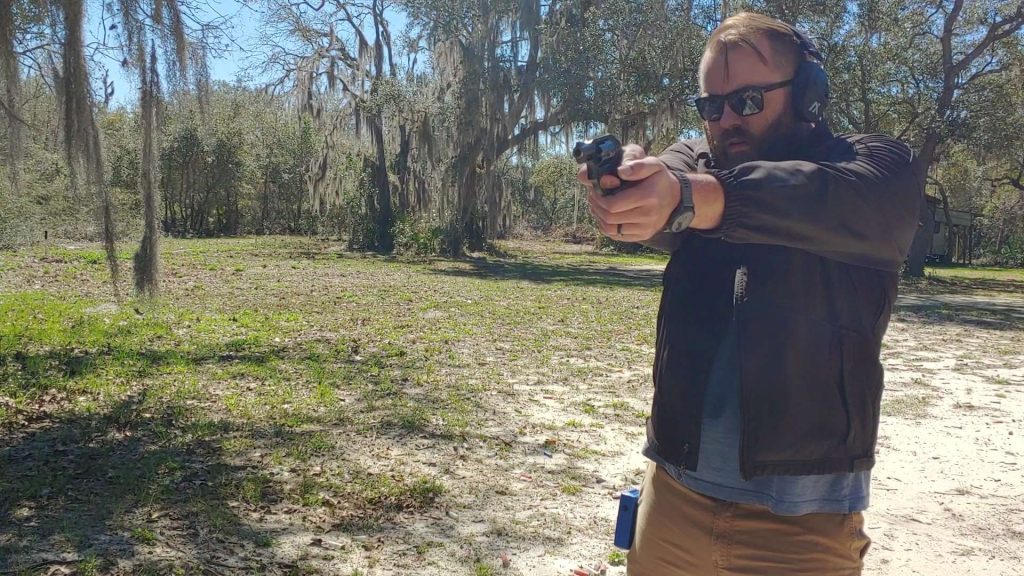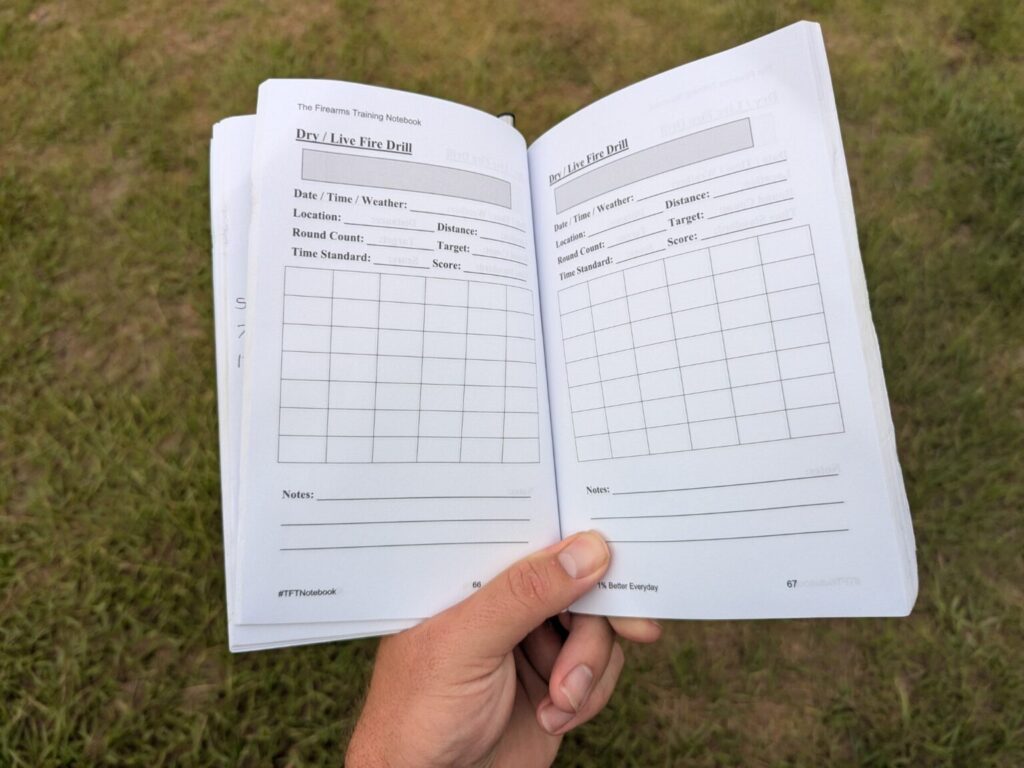Prepping can feel overwhelming, especially when you’re just starting the journey. It seems like there are so many skills to learn, so many supplies to purchase, and so little time to do it all. Instead of throwing in the towel, consider adding some of these easy preps to your plans.
Prepare for the Worst with These 4 Easy Preps
Water Storage
This is an easy prep anyone can do. Save 2L soda bottles, juice bottles, and the like. Wash and rinse them well, then fill them with clean water. Leave about two inches of headspace at the top, then close them up. Use them to fill empty space in your freezer. The headspace in the bottles will prevent them from bursting as the water freezes.
Storing bottles this way accomplishes several things. It helps your freezer run more efficiently, as it won’t need to cool empty space. If the power goes out, the ice in those bottles will help keep the contents cold longer. In an extended situation, as the ice melts, you’ll have clean water to drink and use for food prep, without requiring you to find extra space somewhere to store it.
Stop Doomscrolling and Start Learning

Most of us spend far too much time mindlessly surfing through social media. Instead, commit to being more intentional with at least some of that time. Check out informative videos or articles, or, *gasp*, read a book.
What works for some people is to devote 15-30 minutes each morning to personal education. My wife likes to listen to podcasts or YouTube videos while she does her morning stretches. I’ll often have a book, magazine, or blog in front of me while I’m eating breakfast. We both read before bed, too.
Here are a few YouTube channels you should check out:
Go for a Walk
Physical fitness is important. The healthier you are, the better able you are to handle stressful situations. Listen, we all have limitations, impairments, and other things that we feel hold us back. The important thing is to learn ways to adapt.
You might not be able to walk five miles. Hell, maybe a mile isn’t doable. Maybe the best you can do is to the mailbox and back. You’re still lapping the guy who hasn’t gotten off the couch. Remember this – last place is still a place.
Cook More Often

This is an easy prep that has multiple benefits. When was the last time you cooked a full meal? I don’t mean dumping a box of something into the air fryer while you’re heating up frozen veggies on the stove. I mean actually cooking from scratch. For some of you, this is probably routine. For many others, though, it’s almost a foreign concept.
The more skill and experience you have with scratch cooking, the better you’ll be able to make use of foods you have socked away for emergencies. Pick out a few favorite foods and look up recipes on how to make them, then get to it. The best part is you’ll likely end up saving money in the long run, as cooking from scratch tends to be cheaper than eating out.

